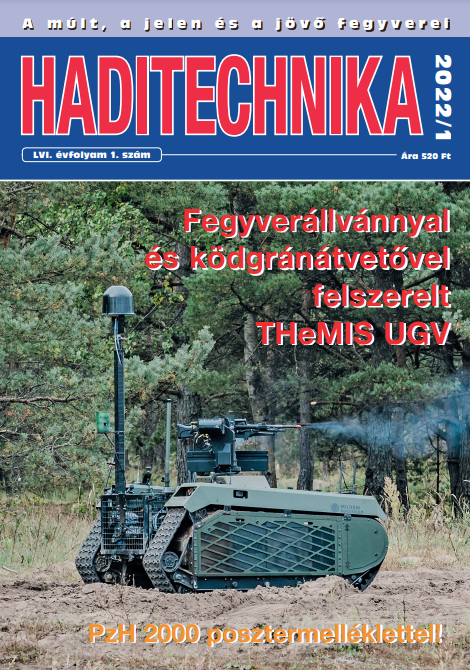Adatfúziós távérzékelési eljárások kis méretű pilóta nélküli légi járművek alkalmazásával
DOI:
https://doi.org/10.23713/HT.56.1.01Keywords:
multidimensional data structure, diffusion, multidimensional data analysis, remote sensing using dronesAbstract
By capturing concurrent, seemingly independent data, timelinked data structures can be created. These linked data structures can also be considered as “n”-dimensional data sets. The relationship between the individual elements of the set is known, so it becomes possible to evaluate and analyze arbitrary data groups in a mutually dependent way. Storing and processing measurement data collected in this sense during remote sensing with drones is particularly advantageous, as it provides an opportunity to explore complex connections or to detect more sensitive, selective changes compared to conventional measurement and processing methods. The method is well-suited for the interconnection of conventional, one-dimensional data sets, but is equally effective even for independent but interconnected image data created using multiple detectors. Naturally, in the case of combined data structures, good results can be achieved too, for example, with one-dimensional data linked to image information. Equally meaningful
information can be obtained in the complex analysis of two-dimensional spatial data linked with extremely noisy one-dimensional measurement results.






